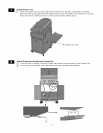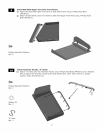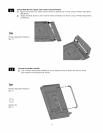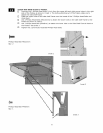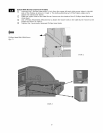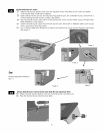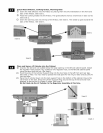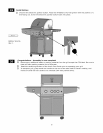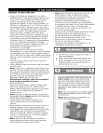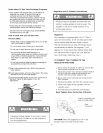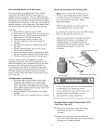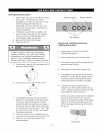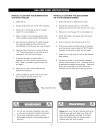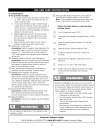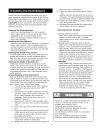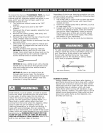Special offers from our partners!

Find Replacement BBQ Parts for 20,308 Models. Repair your BBQ today.
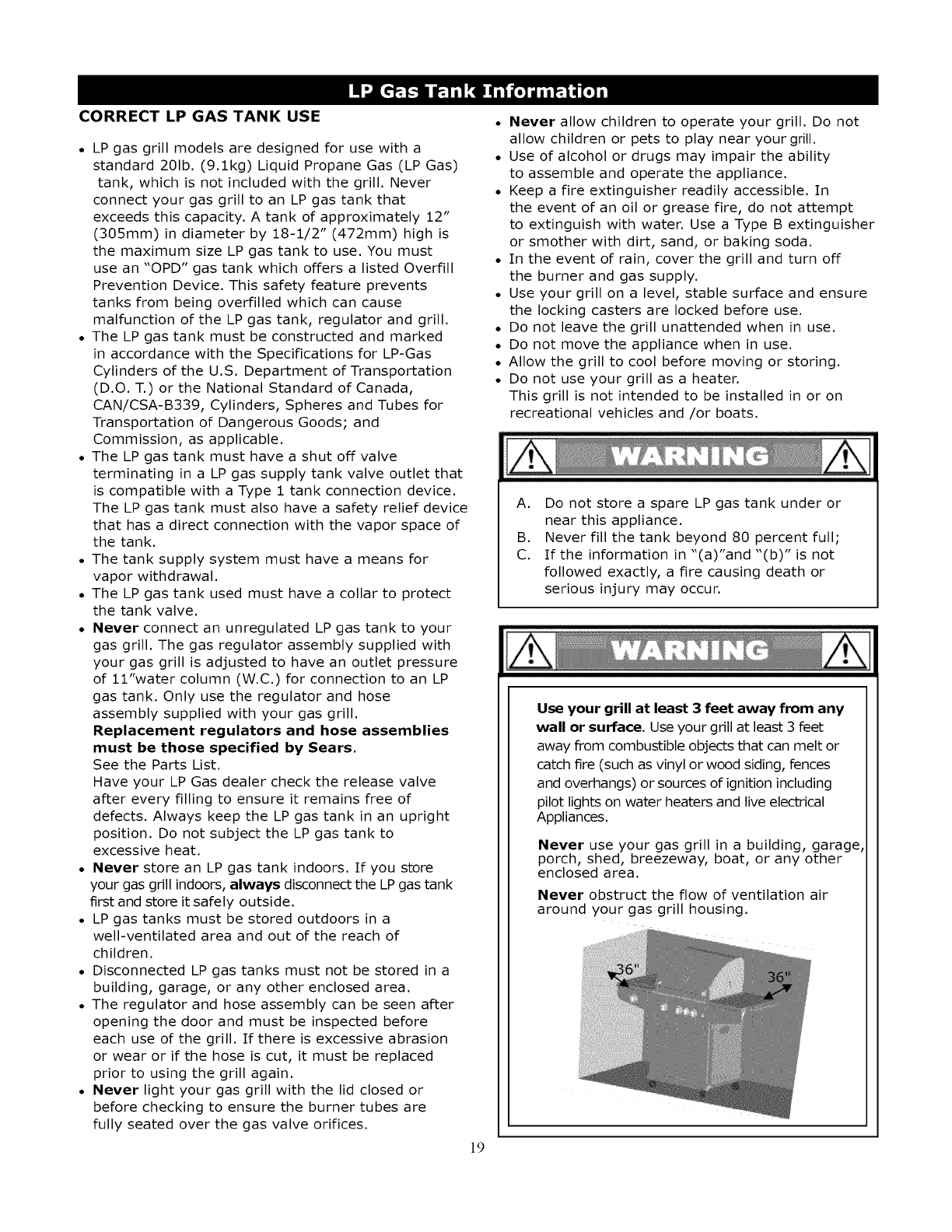
CORRECT LP GAS TANK USE
• LP gas grill models are designed for use with a
standard 20lb. (9.1kg) Liquid Propane Gas (LP Gas)
tank, which is not included with the grill. Never
connect your gas grill to an LP gas tank that
exceeds this capacity. A tank of approximately 12"
(305mm) in diameter by 18-1/2" (472mm) high is
the maximum size LP gas tank to use. You must
use an "OPD" gas tank which offers a listed Overfill
Prevention Device. This safety feature prevents
tanks from being overfilled which can cause
malfunction of the LP gas tank, regulator and grill.
° The LP gas tank must be constructed and marked
in accordance with the Specifications for LP-Gas
Cylinders of the U.S. Department of Transportation
(D.O.T.) or the National Standard of Canada,
CAN/CSA-B339, Cylinders, Spheres and Tubes for
Transportation of Dangerous Goods; and
Commission, as applicable.
° The LP gas tank must have a shut off valve
terminating in a LP gas supply tank valve outlet that
is compatible with a Type 1 tank connection device.
The LP gas tank must also have a safety relief device
that has a direct connection with the vapor space of
the tank.
° The tank supply system must have a means for
vapor withdrawal.
° The LP gas tank used must have a collar to protect
the tank valve.
• Never connect an unregulated LP gas tank to your
gas grill. The gas regulator assembly supplied with
your gas grill is adjusted to have an outlet pressure
of 11"water column (W.C.) for connection to an LP
gas tank. Only use the regulator and hose
assembly supplied with your gas grill.
Replacement regulators and hose assemblies
must be those specified by Sears,
See the Parts List.
Have your LP Gas dealer check the release valve
after every filling to ensure it remains free of
defects, Always keep the LP gas tank in an upright
position, Do not subject the LP gas tank to
excessive heat,
• Never store an LP gas tank indoors. If you store
your gas grill indoors, always disconnect the LP gas tank
first and store it safely outside.
• LP gas tanks must be stored outdoors in a
well-ventilated area and out of the reach of
children.
• Disconnected LP gas tanks must not be stored in a
building, garage, or any other enclosed area.
• The regulator and hose assembly can be seen after
opening the door and must be inspected before
each use of the grill. If there is excessive abrasion
or wear or if the hose is cut, it must be replaced
prior to using the grill again.
• Never light your gas grill with the lid closed or
before checking to ensure the burner tubes are
fully seated over the gas valve orifices.
19
• Never allow children to operate your grill. Do not
allow children or pets to play near your grill.
• Use of alcohol or drugs may impair the ability
to assemble and operate the appliance.
• Keep a fire extinguisher readily accessible. In
the event of an oil or grease fire, do not attempt
to extinguish with water. Use a Type B extinguisher
or smother with dirt, sand, or baking soda.
• In the event of rain, cover the grill and turn off
the burner and gas supply.
• Use your grill on a level, stable surface and ensure
the locking casters are locked before use.
• Do not leave the grill unattended when in use.
• Do not move the appliance when in use.
• Allow the grill to cool before moving or storing.
• Do not use your grill as a heater.
This grill is not intended to be installed in or on
recreational vehicles and/or boats.
A. Do not store a spare LP gas tank under or
near this appliance.
B. Never fill the tank beyond 80 percent full;
C. If the information in "(a)"and "(b)" is not
followed exactly, a fire causing death or
serious injury may occur.
Use your grill at least 3 feet away from any
wall or surface. Use your grill at least 3 feet
away from combustible objects that can melt or
catch fire (such as vinyl or wood siding, fences
and overhangs) or sources of ignition including
pilot lights on water heaters and live electrical
Appliances.
Never use your gas grill in a building, garage,
porch, shed, breezeway, boat, or any other
enclosed area.
Never obstruct the flow of ventilation air
around your gas grill housing.



